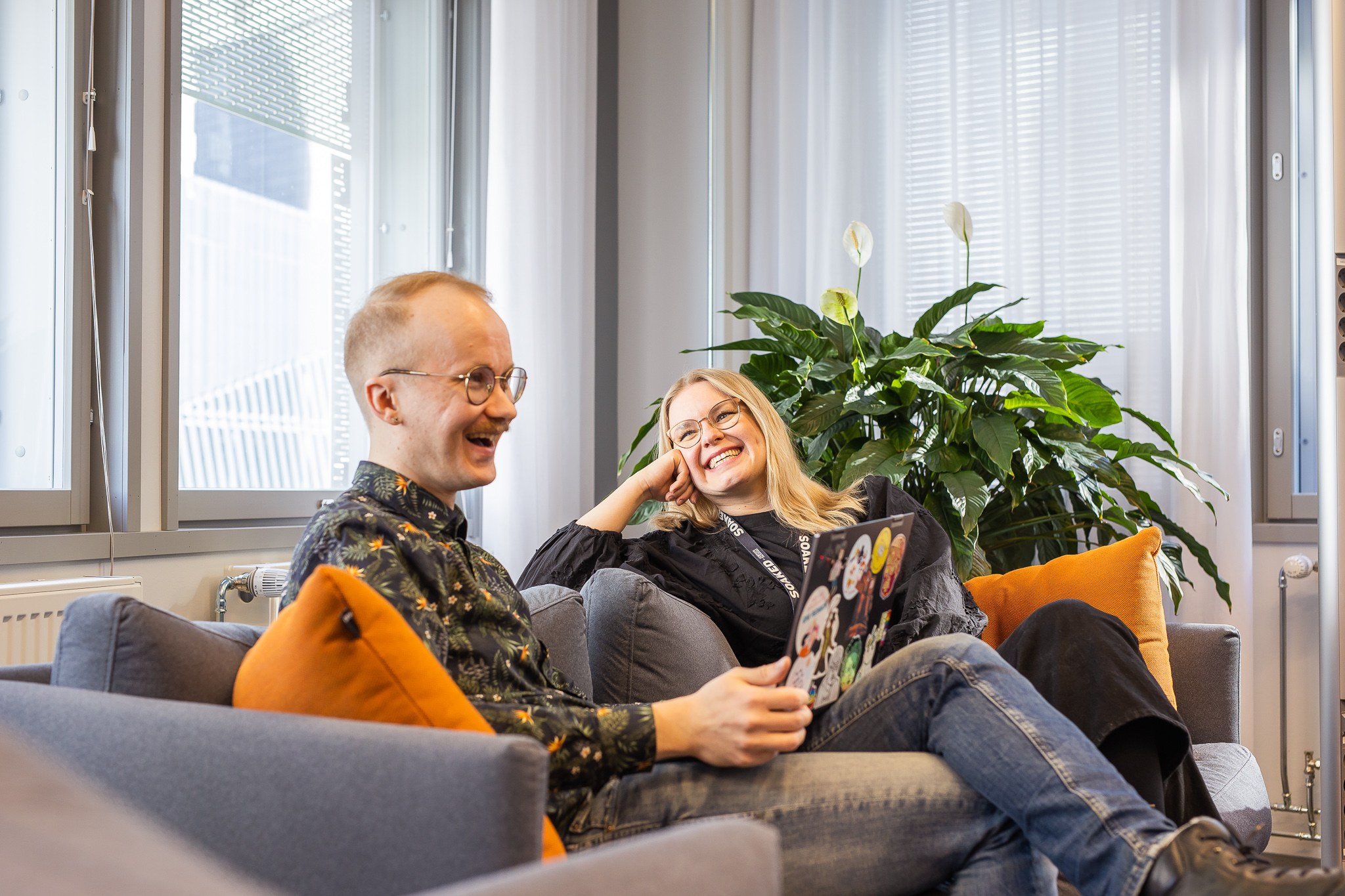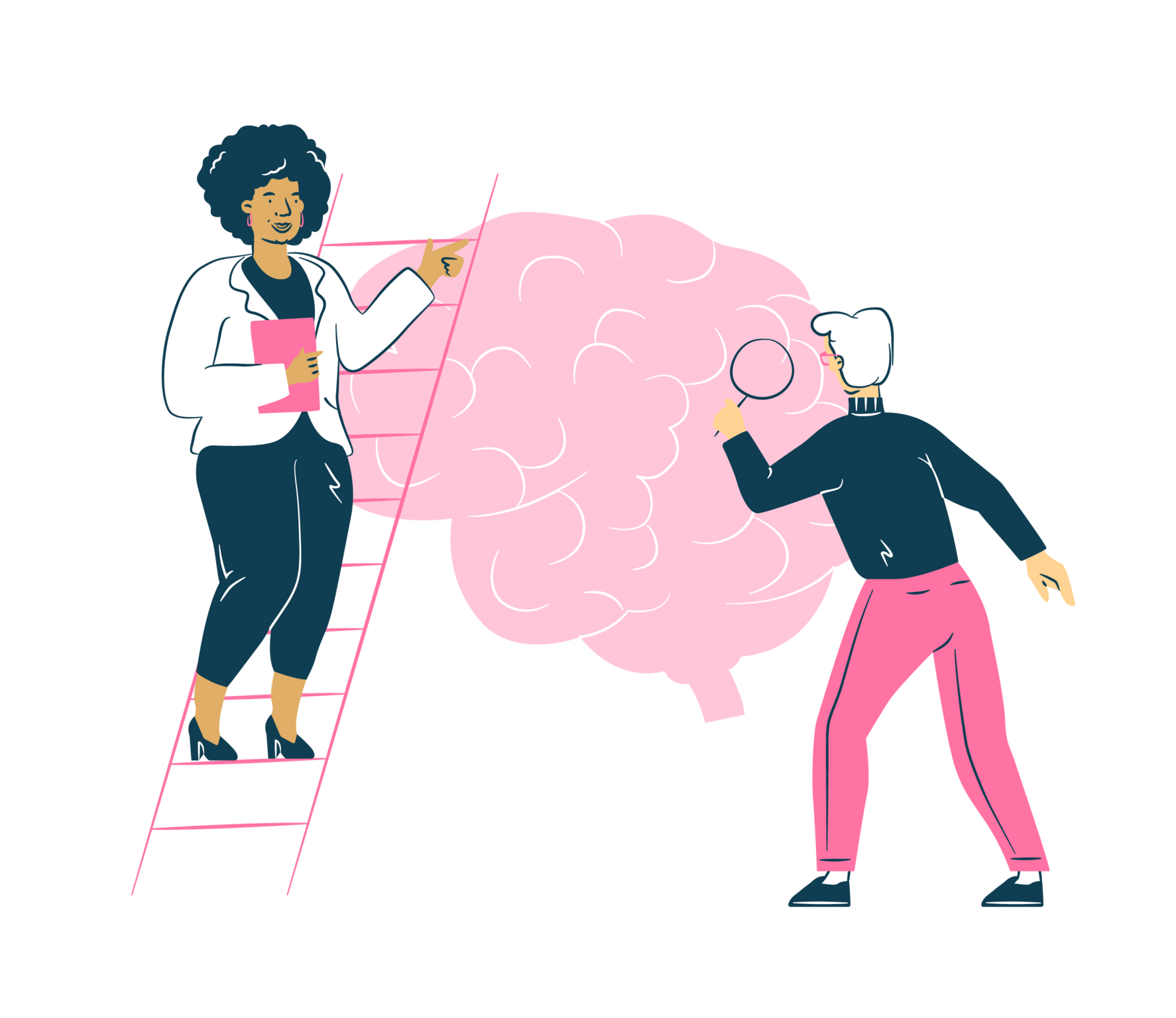At Gofore, and previously at Leadin, we have been discussing how technology is taking a greater role in people’s health. We think there are two important factors that are influencing development within this field.
Yin – Innovation
The technological development of medical devices has taken giant leaps. Nowadays people’s everyday healthcare is a social-technological mix of activity wristbands, patient information systems, Facebook algorithms that automatically share if one has been jogging or even context-aware “smart” floors that alert if a senior citizen has fallen down and needs assistance.
Through all these new technologies and services there has been a paradigm change in the medical sector. The diversity of users and the use contexts is more complex than ever. It’s not only the doctor who uses the medical device in the fairly constant conditions of a health care centre. It may be that a blind diabetic needs to measure her blood sugar while she is travelling in the Amazon jungle. We believe that new health and medical innovations are great enablers for people being more independent and living a healthier and more enjoyable life.
Yang – Standardization
It is important to understand that many of the health-related technologies and services are safety-critical systems. Because technology increasingly takes over people´s health, it´s worth taking a look at this issue. To be safe, we take a systematic approach to usability. By systematic we here mean a standardized approach. Legislators, standardization organisations and device manufacturers have noticed that more and more use errors are caused by inadequate medical device usability. Therefore the need for human factors engineering has increased in the medical industry. As a result, there are currently medical device related directives and standards (such as 2007/47/EY and IEC 62366:2007) that promote the importance of good usability and minimisation of use errors. For example, in IEC 62366:2007, a standard for usability engineering process, a process for “application of knowledge about human behavior, abilities, limitations, and other characteristics related to the design of tools, devices, systems, tasks, jobs, and environments to achieve adequate usability“ is described in great detail.
Standards give a good baseline but more thorough research in this area helps to design ever better systems. At Gofore, we connect with researchers and apply the findings in academic projects like CHI+MED to exceed the standard requirements.
In addition to safety, it’s certainly of value to design for the complete user experience. To achieve great experiences, users must find the technology useful, trust it, and perceive that they (and not the technology) are in control of their wellbeing. And especially in medical devices and applications, the preventive approach to possible user errors is a matter of the utmost importance.
We believe in free creativity combined with systematic approaches when necessary. This is the yin and yang of creating successful medical technologies and services.
Blog 31.10.2017
The yin & yang of successful medical technologies
Good to see you here! We have no doubt this post has good information, but please keep in mind that it is over 8 years old.


